Entering 2025, the Suburban and Tahoe SUVs from Chevy undergo a mild exterior refresh, while outstanding improvements have been made to the interior. The changes result in a more refined cabin experience, maintaining a minimalist cockpit feel without eliminating physical controls.
Additionally, enhancements have been made to the turbocharged 3.0-liter Duramax diesel engine, delivering a noteworthy boost in power. This refinement might be overshadowed by the stylish new interior, yet it stands out as a vital improvement for these spacious vehicles.

Despite their size, both the Suburban and Tahoe consume considerable fuel, regardless of whether you opt for the V-8 or the six-cylinder diesel. However, the Duramax remains your best chance at achieving over 20 miles per gallon, providing ample power even with the newly available 24-inch wheels, the largest ever from the factory for these models.
Chevrolet has consistently excelled in creating appealing interiors. The 2025 updates align the Suburban and Tahoe with other SUVs in their lineup, featuring a large center touchscreen that seamlessly integrates with a digital driver display. The centerpiece is a striking 17.7-inch screen that matches the next-generation Traverse in both size and shape.
This touchscreen flows into an 11.0-inch driver display, which is standard across all trims, from the base LS to the High Country. Beneath the central display, wide climate control vents are flanked by an array of knobs and buttons, allowing for quick and intuitive climate adjustments.
Images fail to fully capture the impressive interior updates. Screens dominate the cabin space, even in a large vehicle like the Suburban RST that I drove through Fort Worth, Texas. The result is a modern feel complemented by tactile controls for frequently used features.
According to Chevrolet, they recognize the importance of physical buttons in this segment and have no plans to eliminate them. This commitment is reassuring, and the successful integration of analog and digital elements in the interior has elevated my opinion of the vehicle to “great.” Few manufacturers achieve this level of balance as effectively as Chevrolet currently does.
Accessing most vehicle settings is straightforward, even those that are less frequently used (which shouldn’t be adjusted while driving). Apple CarPlay and Android Auto remain part of the Tahoe and Suburban’s tech offerings.
Although a Chevy spokesperson remained vague about the future of these popular technologies, which General Motors has vowed to eventually phase out, they are still integral to the Tahoe and Suburban experience for now. If you find yourself without your phone, Google serves as the default navigation system and remains among the best in the industry.
Despite the modern updates, not everything is perfect. A column-mounted shifter has been added for 2025, similar to the small stalk used in the Equinox and Traverse. However, this shifter operates digitally rather than through a traditional mechanical linkage.
It simplifies the process—pull back for drive and pull up for reverse, with a button at the end of the stalk to engage park. Yet, there’s a potential issue with the self-centering lever, which may inadvertently shift into reverse if it slips during a drive transition.
I experienced this a few times during my initial drive. Additionally, I accidentally shifted into reverse when I thought I was in park, a misstep due to my habit of shifting up for park, a routine that might be challenging for seasoned drivers.
Another concern is the “bounce” effect from shifting between drive and reverse. If drivers don’t check the display or notice the illuminated “R” on the stalk before moving, they risk unintentionally backing into obstacles. This lack of attention when engaging drive in an automatic transmission could lead to a potential safety issue that might necessitate redesigns or recalls.
Once the correct gear is engaged, the driving experience in the 2025 Suburban and Tahoe feels quite similar to last year’s models. Both the 5.3-liter and 6.2-liter V-8 engines remain unchanged, as do the 10-speed automatic transmission and multi-link suspension. Few full-size SUVs offer as much space for passengers and cargo—up to nine people if you choose the LS and opt for a split bench seat instead of front bucket seats.
The ride quality remains comfortable, even with the newly introduced 24-inch wheels fitted with Bridgestone tires. Although I expected a jarring ride on larger wheels, I found the increased harshness was only noticeable on severely damaged roads and was generally manageable. If you often drive on rough terrain, I would recommend sticking with smaller wheels. Still, the visual impact of the 24-inch wheels on a large SUV like the Suburban is undeniable.
Whether on dirt roads or paved streets, I would suggest opting for the 3.0-liter I-6 diesel over the V-8 engines. The refreshed Suburban and Tahoe now feature the 305-horsepower version of this engine, with the added benefit of 495 pound-feet of torque.
This represents a 35 lb-ft increase, which is felt during everyday driving. I tested this engine in both a Tahoe Z71 and the high-end Suburban High Country; the torque facilitates smooth navigation through city traffic while still providing ample power for cruising at 80 mph on the highway.
Fuel efficiency is also an advantage. When I exited the High Country diesel, the onboard mileage display indicated an impressive 21 mpg, especially considering the spirited driving by a group of journalists over several days. The RST with its 420-hp 6.2-liter V-8 reported just 15.5 mpg. While these figures are unofficial and EPA ratings will follow, I anticipate they won’t be different from my observed experiences.
As for pricing, entering the full-size, body-on-frame SUV segment comes with a hefty price tag. The base model 2025 Tahoe LS with two-wheel drive starts at just over $60,000. However, this investment includes an attractive tech-focused interior and a wide range of standard driver-assist systems.
Conversely, a fully equipped Suburban High Country is priced at $86,195, placing it firmly in the luxury market, just a few hundred dollars shy of an entry-level Cadillac Escalade ESV.
Chevrolet refers to the $60,000-plus Tahoe and Suburban LS as “affordable” and crucial for buyers venturing into the large three-row SUV market. The true test will come as these refreshed models arrive at dealerships by the end of the year, and we’ll see how potential buyers respond.





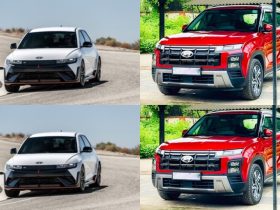
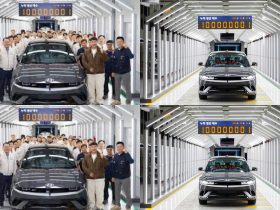
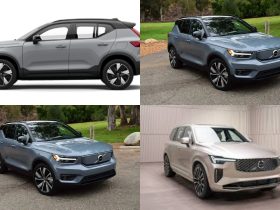
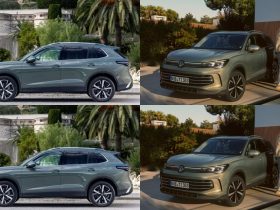
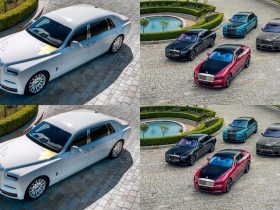










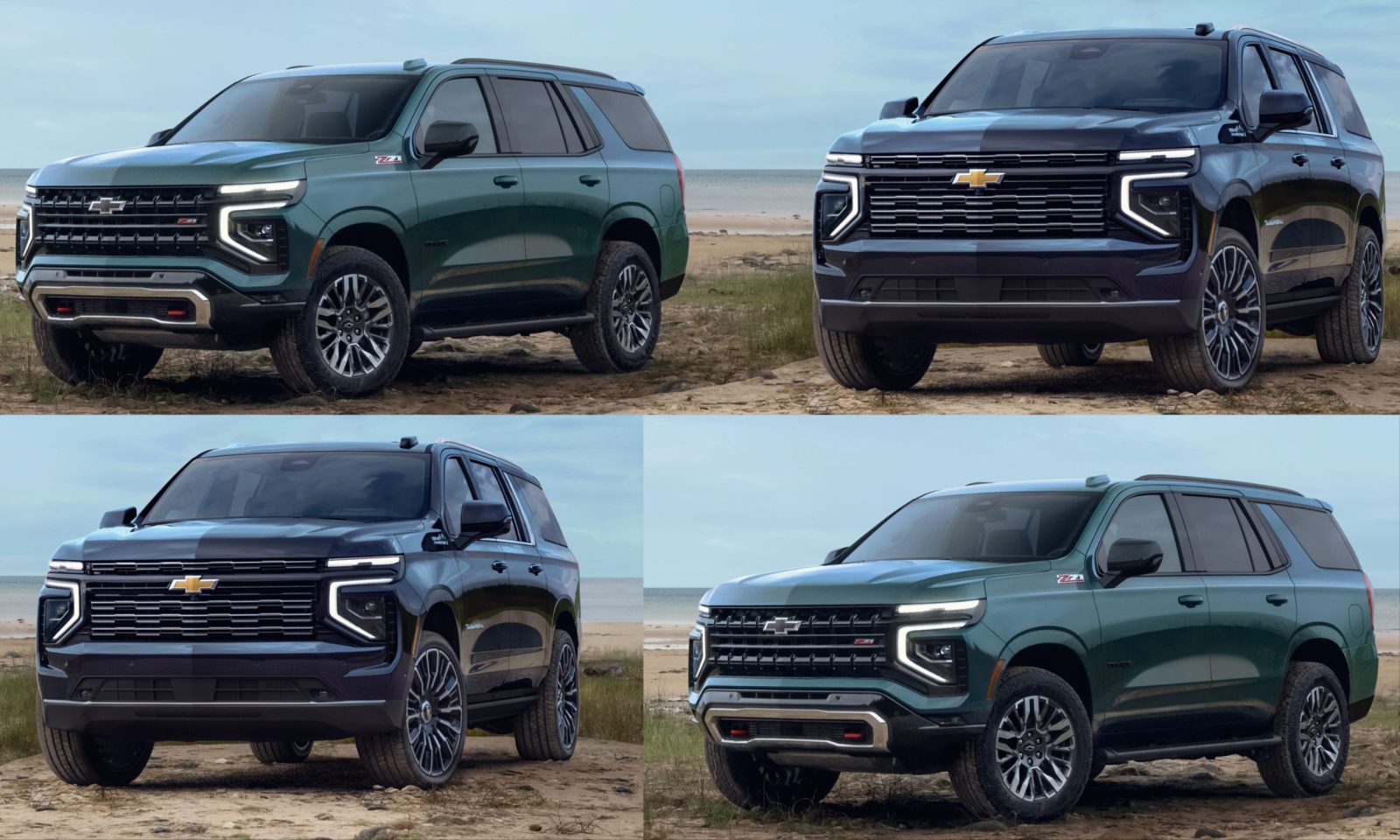
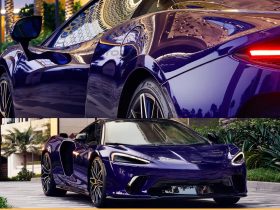





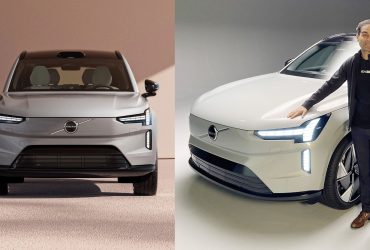
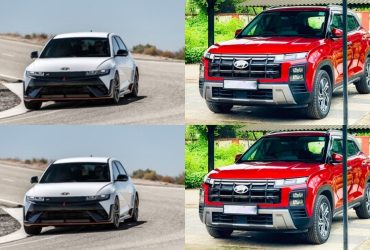
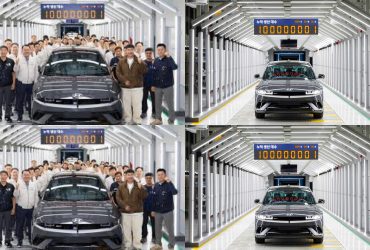
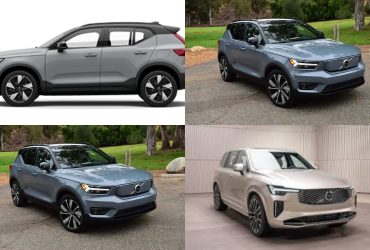
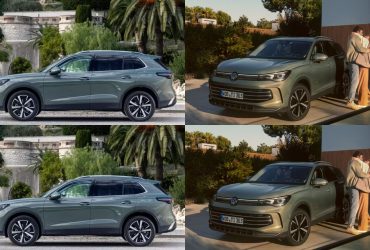
Leave a Reply